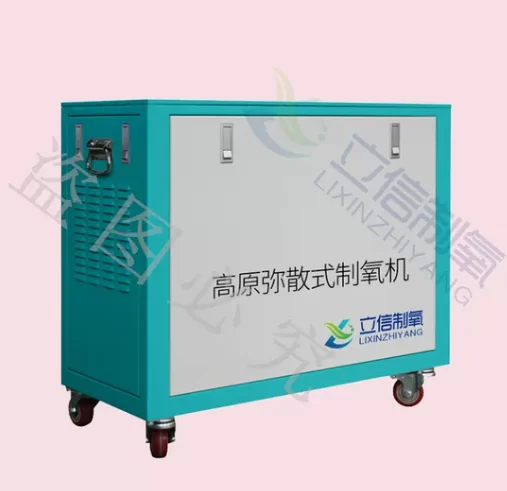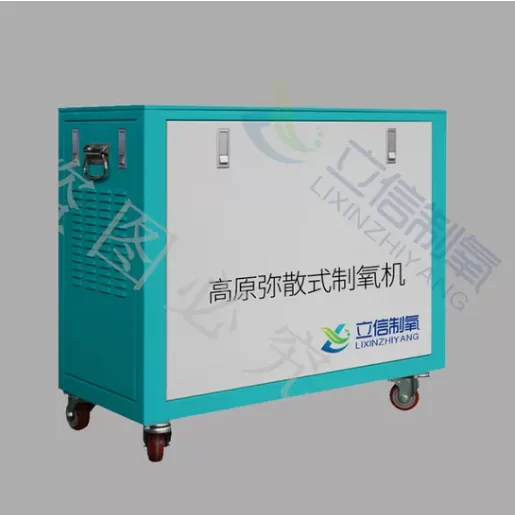Inside the High-Altitude Oxygen Boom: What to Know Before You Buy
If you’re pricing an High Purity Oxygen Generator for high-elevation use, you’ve likely noticed two things: the tech is moving fast, and the real performance at altitude is where vendors either shine—or stumble. I’ve toured plants from Hebei to the Andes, and, to be honest, what matters most is consistency: purity, pressure, and uptime when the air gets thin.

Product snapshot
From 888 Kaiyuan Road, Jizhou District, Hengshui City, Hebei Province, the team behind the “Manufacturer of High-Purity High-Altitude Dispersion Oxygen Generator” builds PSA systems tuned for rarefied environments. Purity exceeds 93% (typical 93±3%), with configurations for medical wards, mining camps, labs, and even ice rinks at altitude. Many customers say the noise profile and power draw are lower than expected—pleasant surprise.
Why altitude-optimized matters
At 3,500 m, feed air density drops ≈ 30%. Standard PSA rigs lose yield and purity. The factory here retunes cycle timing, compressor sizing, and adsorbent mass to recover output. It sounds trivial; it isn’t.
Core specs (real-world may vary)
| Oxygen purity | 93% ± 3% (per ISO 80601-2-69 analyzer) |
| Flow range | 5–60 Nm³/h (altitude-tuned; ≈ -10% per 1,000 m if untuned) |
| Outlet pressure | 0.3–0.6 MPa; optional boosters to 1.0 MPa |
| Dew point | ≤ -40 °C (ISO 8573-1 Class 2–3 air front-end) |
| Power consumption | ≈ 0.6–1.2 kWh/Nm³ O₂ (site, load, and altitude dependent) |
| Noise | ≤ 65 dB(A) at 1 m (typical skid) |
| Service life | Skid 10–15 yrs; zeolite 5–8 yrs; valves 3–5 yrs |

Process flow (PSA, tuned for altitude)
Materials: oil-free screw compressor, refrigerated + desiccant dryers, 304/316L stainless piping, twin PSA columns (LiX zeolite), PLC with altitude compensation. Methods: pre-filtration (ISO 8573), pressurization, adsorption, equalization, purge. Testing: GC/paramagnetic O₂ analysis (ISO 80601-2-69), pressure holding test, leak per ISO 7396-1, electrical safety per IEC 60601-1. Factory FAT includes 24–48 h burn-in; SAT on-site with purity and dew point logging.
Where it’s being used
- High-altitude clinics and disaster posts (pipeline O₂ + backup cylinders)
- Mining camps and tunneling projects (enrichment rooms, welding)
- Biology/physiology labs simulating hypoxia
- Food/ozone processes where stable O₂ matters
Customer feedback? It seems that uptime is the headline: one Tibetan county hospital reported 98.5% availability across winter, with purity averaging 94.1% at 3,200 m.
Advantages at a glance
- Altitude-compensated PLC for steady purity
- Lower logistics than bulk liquid or cylinders
- Remote monitoring and data export for audits
- Compliant designs for medical pipelines (ISO 7396-1)
Vendor comparison (field notes)
| Vendor | Purity stability @ 3,500 m | Certifications | Lead time | After-sales |
| This manufacturer | ≈ 92–95% (logged) | ISO 13485/9001; pipeline per ISO 7396-1 | 5–8 weeks | 24/7 remote + local partners |
| Vendor A | ≈ 88–92% | ISO 9001 | 10–12 weeks | Business hours |
| Vendor B | Varies; needs booster | CE (self-declared) | 8–10 weeks | Email-only |

Customization and compliance
Options include N+1 redundancy, tank sizing, stainless manifolds, voltage (380/400/415 V), and medical alarms. For hospitals, ask for documented conformity to ISO 7396-1, electrical safety to IEC 60601-1, and biocompatible materials on patient-side circuits. Yes, it’s a bit paperwork-heavy—worth it.
Mini case studies
- County Hospital, 3,200 m: two High Purity Oxygen Generator skids, 2×30 Nm³/h, pipeline feed; O₂ logs 94.1% avg, dew point -46 °C, 98.5% uptime over 12 months.
- Mining Camp, 4,100 m: one High Purity Oxygen Generator with booster; welding and clinic supply; cylinders reduced by ≈70% monthly.
Final tip: specify inlet air quality and altitude in the PO. This alone saves months of “why is purity drifting?” emails.
Standards and references
- ISO 80601-2-69: Particular requirements for oxygen concentrator equipment.
- ISO 7396-1: Medical gas pipeline systems—Part 1: Pipelines for compressed medical gases and vacuum.
- ISO 8573-1: Compressed air—Contaminants and purity classes.
- WHO/UNICEF: Technical specifications and guidance for oxygen therapy devices (latest edition).
Hebei Lixin Medical Engineering Co., Ltd. was established in 2011. medical oxygen generator manufacturers The company specializes in the production and sales of medical central gas supply systems,medical oxygen generator manufacturers medical molecular sieve oxygen generation equipment, medical oxygen generator factory low-pressure oxygen chambers, medical air purification equipment, and undertakes projects such as hospital operating room and laboratory purification, cleanroom construction, radiation protection engineering, and medical wastewater treatment engineering.medical oxygen plant manufacturer